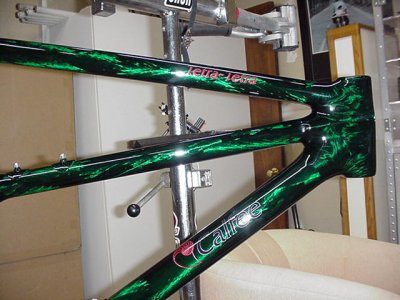i assume this is only a problem if the carbon fiber directly interacts with the raw aluminum?
also from another Design Engineering site
just curious if this was a known issue, since our body panels and subframe are aluminum
i know there are some enginerds out there that can chime in on this, i'm really curious
i wonder if the presence of moisture due to humidity alone could start the corrosion?
I've been away from hands-on fabrication of composite parts using
Carbon Fiber. A lot can happen in two years so I did some
homework. I discovered that the threaded aluminum inserts in my
carbon fiber truss tubes don't get along with carbon fiber at
all! Galvanic erosion will attack the aluminum at the interface
of the two materials and turn it to dust. And, if there is any
water present, the destruction of the mechanical bond will be
rapid.
I bounced this discovery off a few aerospace engineers I know and
they confirmed my worst fears. One wrote back:
"Carbon Fiber does indeed attack aluminum
VORACIOUSLY if any hint of moisture gets into
the matrix. All the metal parts on the F-16 fighter that
contact CF are Stainless Steel, Passivated too if I am not
mistaken to more closely match the electronegativity value of the
two materials."
also from another Design Engineering site
Additionally, carbon-fiber composites may corrode galvanically if aluminum fasteners are used, due to the chemical reaction of the aluminum with the carbon fibers. Coating the fasteners guards against corrosion but adds cost and time to assembly. Aluminum fasteners are often replaced by more expensive titanium and stainless steel when carbon-fiber composites are used.
just curious if this was a known issue, since our body panels and subframe are aluminum
i know there are some enginerds out there that can chime in on this, i'm really curious
i wonder if the presence of moisture due to humidity alone could start the corrosion?





